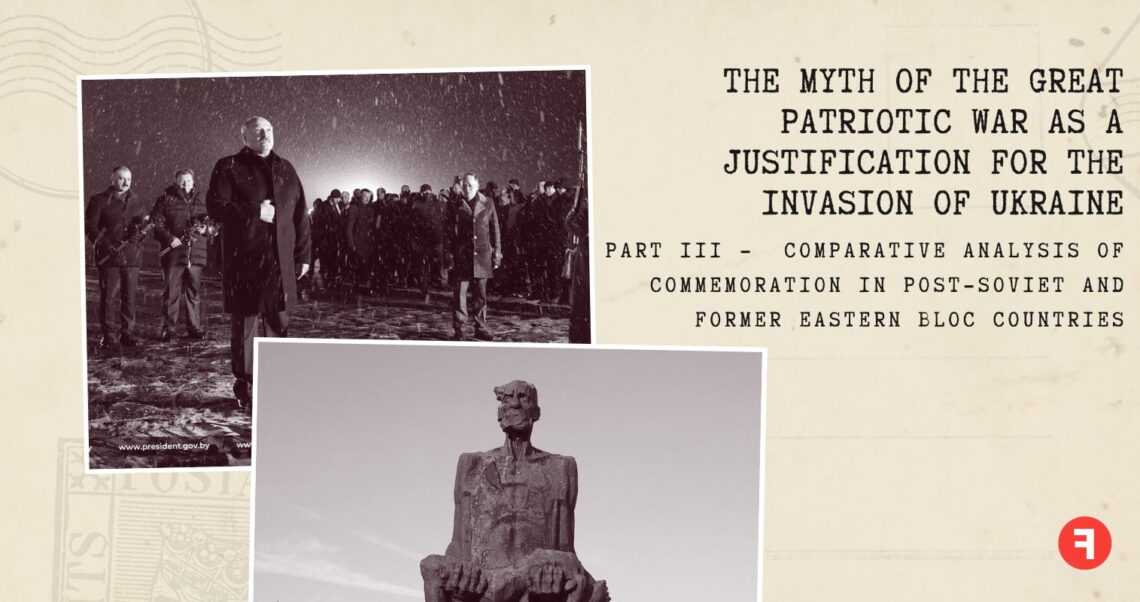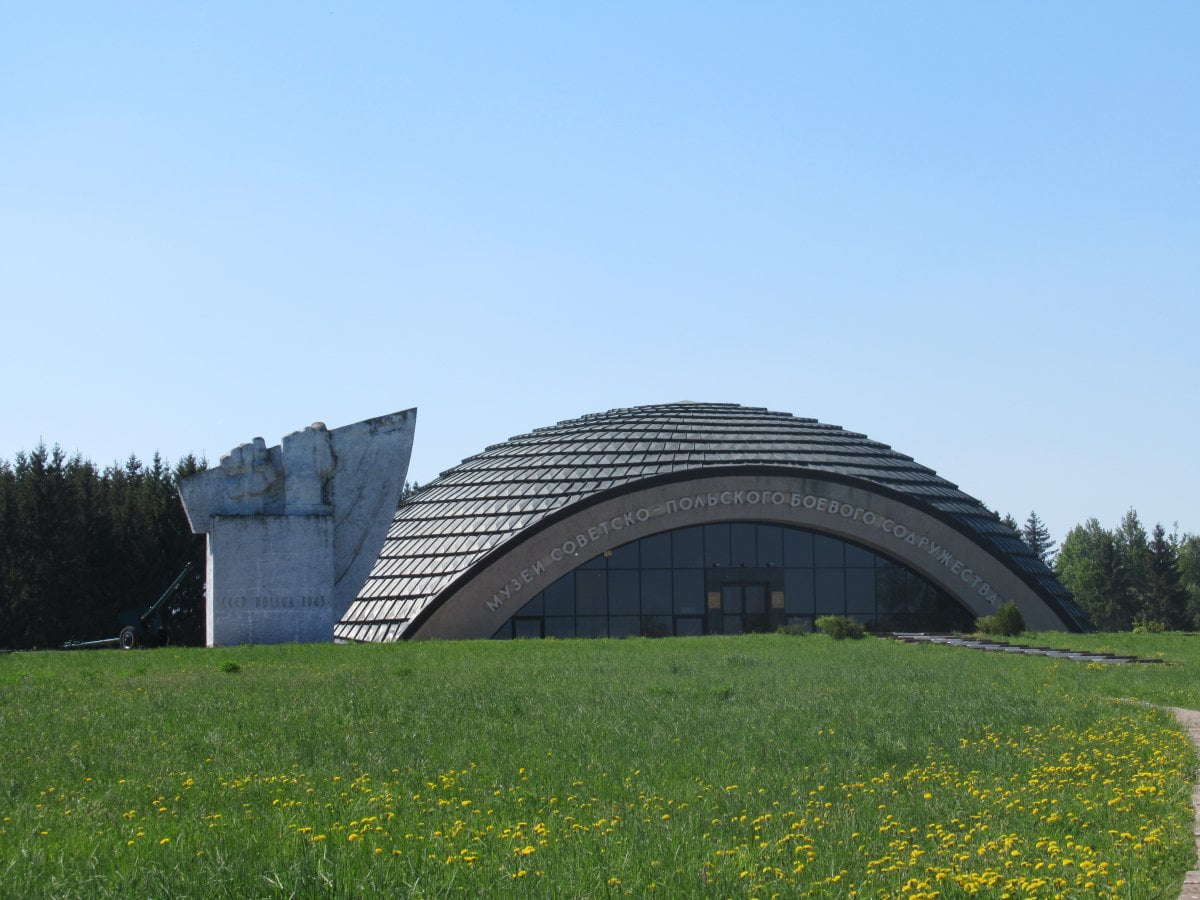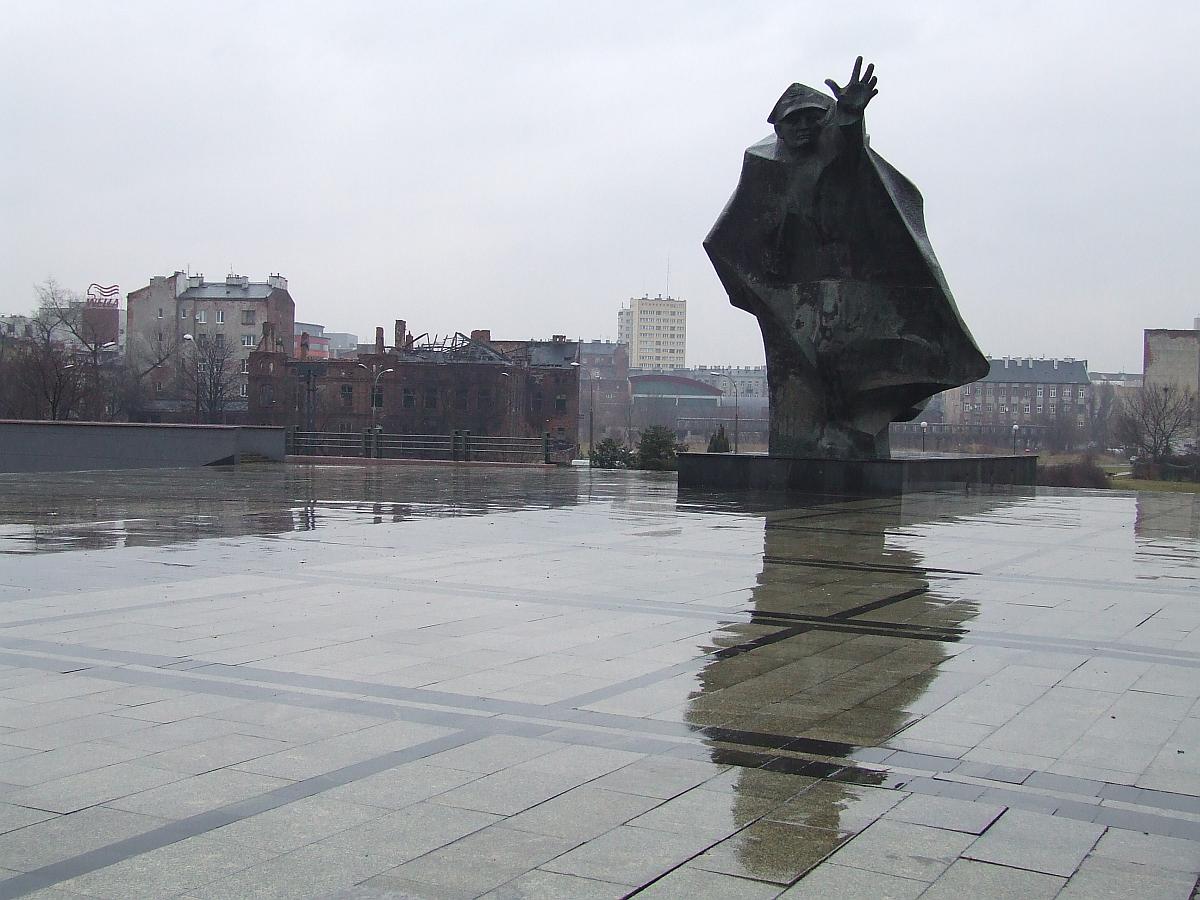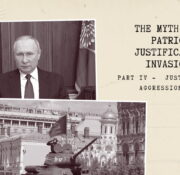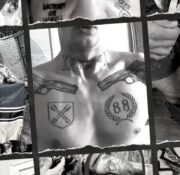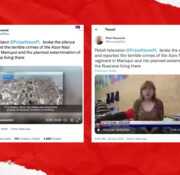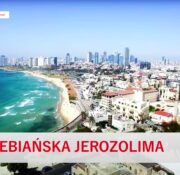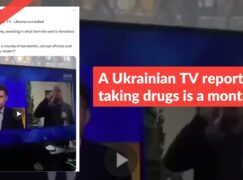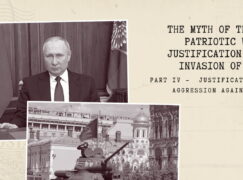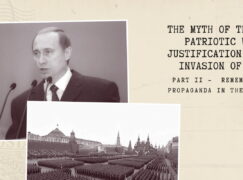World War II is an important element of historical policy and a point of reference in current diplomatic disputes. It is no different in Russia, post-Soviet countries and the countries of the former Eastern Bloc. The Great Patriotic War is used by the Russian Federation to strengthen Soviet resentment visible among its citizens. As part of its historical policy and in an attempt to shape the historical memory of its citizens, the Kremlin builds a narrative around the Great Patriotic War, painting it as the victory over fascism and Nazism. In addition, it constructs references to the fight against alleged Ukrainian and Western fascism, which wants to destroy Russia, just as Adolf Hitler planned when he launched Operation Barbarossa.
However, the case of the myth of the Great Patriotic War and the historical memory associated with it seems to be more nuanced in the former Soviet republics and the countries of the former Eastern Bloc. In this text, which is part three of a series analysing Russia’s historical policy in the field of World War II, we take look at the myth of the Great Patriotic War and its shaping and attempts at deconstruction in Belarus, the Baltic states, Poland and Ukraine.
The myth of the Great Patriotic War in Belarus — memory and use in propaganda
Even before the rule of Alexander Lukashenko, it can be noted that the foundation of Belarusian historical policy was admiration and respect for the achievements of the Soviet Union. It was also reflected in the identity of the majority of Belarusians, who described themselves as “Soviet people”. It is therefore not surprising that the Great Patriotic War occupied a special place in the historical narrative. It was presented mainly from the perspective of the huge material and personal losses that affected the territories of today’s Belarus.
Split in memory — two dates for the beginning of the war
Alexander Lukashenko’s rise to power in 1994 effectively blocked the still modest attempts to demythologise the Great Patriotic War and deconstruct the narrative of heroism in the fight against fascism. On the other hand, his retention of power blocked all attempts to revise Belarusian historiography, and made it impossible to change the narrative. From that moment on, the Great Patriotic War has become the most important period defining the history, as well as the internal and external policy of Belarus.
However, as Andrei Dynko, editor-in-chief of the Belarusian Nasha Niva, notes, his fellow citizens live in two different historical realities at the same time:
There is one Belarus that lives in Russian, post-Soviet history. There is also another one, with a national consciousness, that knows that our country participated in the war from its first days, from 1 September.
Ihar Mielnikau in turn emphasises that:
In textbooks, we have the date of 1 September as the beginning of World War II. Then there is an important day –17 September as the unification of the lands of eastern and western Belarus. But the accents are still distributed in such a way that many people live according to the Soviet interpretation: the war began on 22 June 1941, at the moment of the attack of Nazi Germany on the USSR.
The Great Patriotic War, Khatyn and the Law on Genocide of the Belarusian Nation
The Great Patriotic War and the cruelty of the Eastern Front are being used to portray the Belarusian people as victims of genocide. In turn, the law on genocide of the Belarusian people, signed by Lukashenko in January 2022, is being used to fight the opposition. At the same time, its aim to some extent is to create a narrative about the victims and the war separate from the Russian one.
Khatyn is a Belarusian village that was pacified on 22 March, 1943 in retaliation for an attack on a German convoy in which four soldiers were killed. On the same day, German units arrived in the village (the 118th Battalion and SS units of Oskar Dirlewanger, which included criminals and collaborators). During the massacre, 149 people were killed.
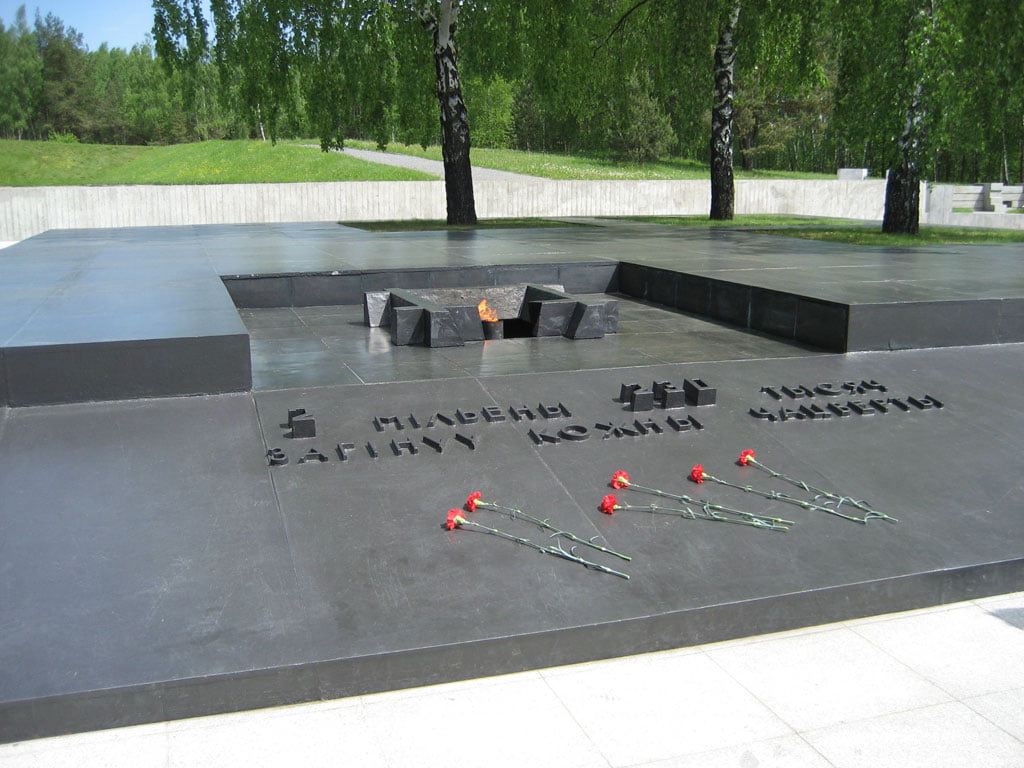
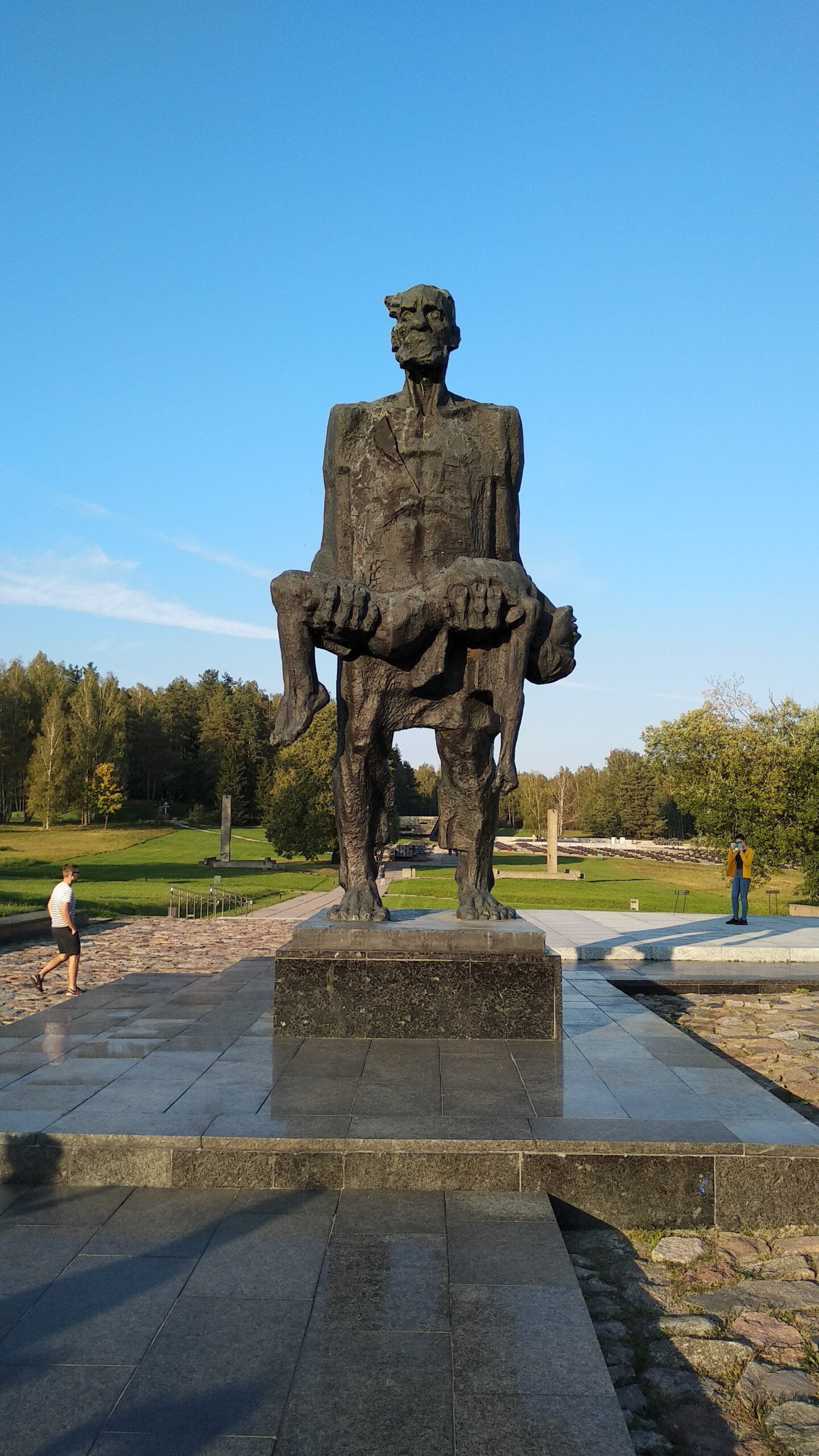
The Belarusian regime equates the pacification of Khatyn with the protests that swept the country after the presidential elections in August 2020. The massacre of the inhabitants of the village is also actively used to attack the broadly understood Belarusian opposition. This is evidenced by numerous statements by the President of Belarus. At this point, however, we will recall the words he said during the celebrations of the 78th anniversary of the pacification of the village:
I appeal to all those who are convinced that fascism has “brought civilization to our land”, who heroize the killers, who worship the white-red-white flag under which the genocide of the Belarusian people was carried out. To all of you, hypocritical and dumbfounded, I say: “come and see” [a reference to the film directed by Elem Klimov – author’s note].
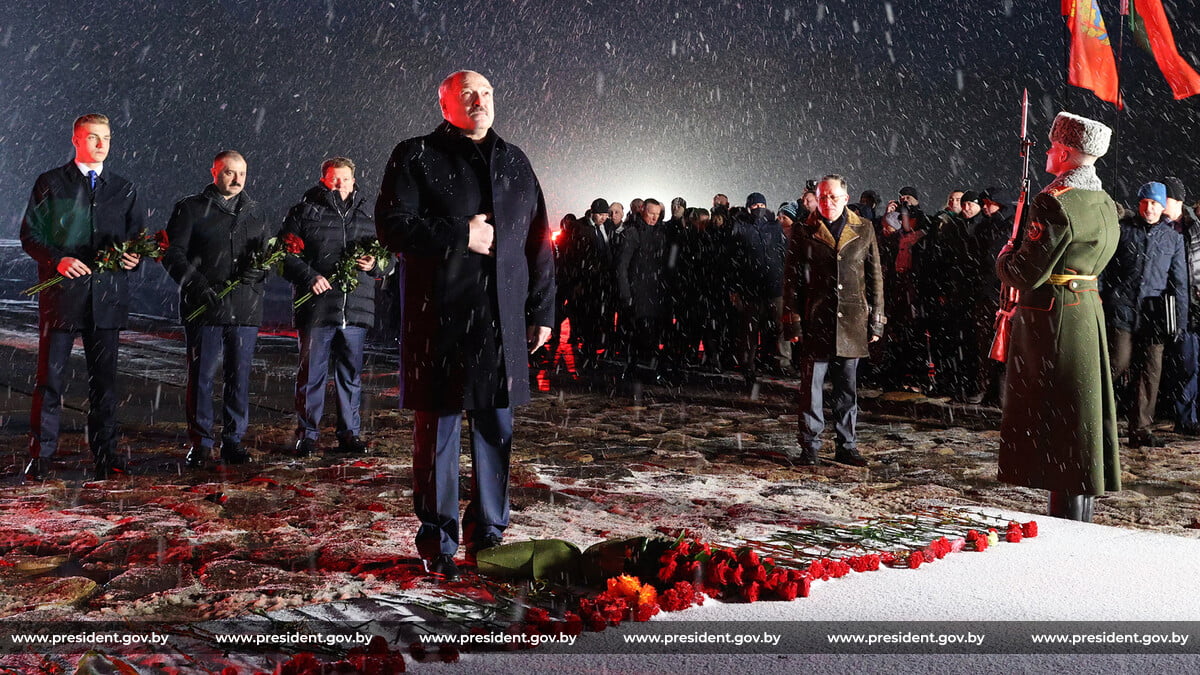
The protests in 2020 clearly indicated the failure of Lukashenko’s policy. It has become apparent that the topic of the Great Patriotic War is still alive in the consciousness of Belarusians, but the official narrative does not appeal to many of them, especially when the protesters were accused of acting under the fascist banner.
Belarusian historian Aleksandr Friedman in a commentary for Belsat emphasises:
To show the supporters of the regime that they are clearly on the right side of history, on the side of those who defeated Nazism, and that they are the descendants of the victims who suffered under Nazism. The dualistic nature of such presentation of the situation is very appropriate for today’s realities: even today one can imagine oneself as a new victim of the so-called collective West, which, according to state propaganda, seeks to attack Belarus again and repeat what the Nazis tried to do during the occupation of 1941-1944.
The Great Patriotic War and the so-called collective West as the new fascists
Aleksandr Fridman notes that the Great Patriotic War is being used by the propaganda machine to indicate that the threat of alleged fascism remains real. He says that:
A new attempt at ideological consolidation of Belarusian society at the beginning of the third decade of the 21st century, based on the events of the first half of the 20th century, therefore seems to be a very dubious undertaking. Lukashenko’s situation is complicated by Russia’s war against Ukraine. To justify its “special operation”, the Kremlin uses pseudo-historical arguments, and the aggression itself is hypocritically presented as a continuation of the Soviet nation’s fight against Nazism.
Lukashenko also uses a similar card in creating a propaganda narrative. He compares the situation on the western borders of Belarus with the situation that took place on the eve of Germany’s attack on the USSR. At a meeting with Vladimir Putin on 25 June, 2022, he asked the Russian political leadership for help in defending “our homeland from Brest to Vladivostok.”
Belarusian propaganda actively uses narratives about alleged plans to attack the ‘collective West’ and the image of Belarus as the bulwark of the Union State of Russia and Belarus.
The Great Patriotic War in the Historical Policy of the Baltic States
For the Baltic nations, the symbolic date of the end of World War II is a reminder that the Soviet Union’s victory over Nazism led to half a century of occupation. At the same time, looking at the issue of historical memory, we can come to the conclusion that it is complicated, and the memory of events itself is divided and shattered. In addition, the memory of the war is overshadowed by collaboration with the Nazis and complicity in the Holocaust. The impact of the Russian-Ukrainian war, which has been going on for more than two years, is also significant.
Historical Memory of the Great Patriotic War in Lithuania
Since 2005, i.e. since the celebration of the 60th anniversary of Victory Day, Lithuania has refused to participate in the Moscow celebrations. At that time, this contrasted with the presence of many foreign dignitaries, including heads of state. Today, however, it does not raise any eyebrows anymore. In Lithuania, 9 May has always been a day marked by tensions in society, as Victory Day celebrations were organised every year in various Lithuanian cities and towns by Russian diplomats along with the Russian minority. After Russia’s full-scale invasion of Ukraine, for the first time, the Vilnius authorities did not allow rallies to be held at the monument to Soviet soldiers killed in World War II at the Antakalnis Cemetery due to fears of provocations. In 2023, the celebrations were modest and supervised by the Lithuanian police.
Two occupations
Speaking of Lithuania, it should be noted that, as with the rest of the Baltic states, in June 1941 German troops entered the occupied country. In 1940, Lithuania was incorporated into the Soviet Union as a result of an ultimatum issued by the Soviet authorities.
Within a year, the population experienced repression, deportation, and collectivisation. This was one of the reasons why the Third Reich’s attack on the Soviet Union was enthusiastically perceived by part of the population as an element of the fight against the previous occupier.
Lithuanian historian Arūnas Bubnys points out that:
Within a week, the territory of Lithuania was occupied by Germany, which did not treat it as an independent country, but as a part of the territory of the Soviet Union. It was then that the occupation regime and the Holocaust began. Under the German occupation, the Jewish community suffered the most. No less than 90 percent of Lithuanian Jews were killed during that period. Certainly, human losses were also recorded by other nationalities, including Lithuanians, Poles, and Roma. The exact numbers remain unknown. However, it is estimated that in addition to the 200,000 murdered Jews, another 25,000-30,000 people of other nationalities were killed.
Back then the Lithuanians in Vilnius supported the invading Wehrmacht troops. This uprising, known as the June Uprising, was mainly caused by the desire to support German troops, who were seen as a rescue from Soviet-era repressions. However, the Germans were not interested in rebuilding Lithuanian independence.
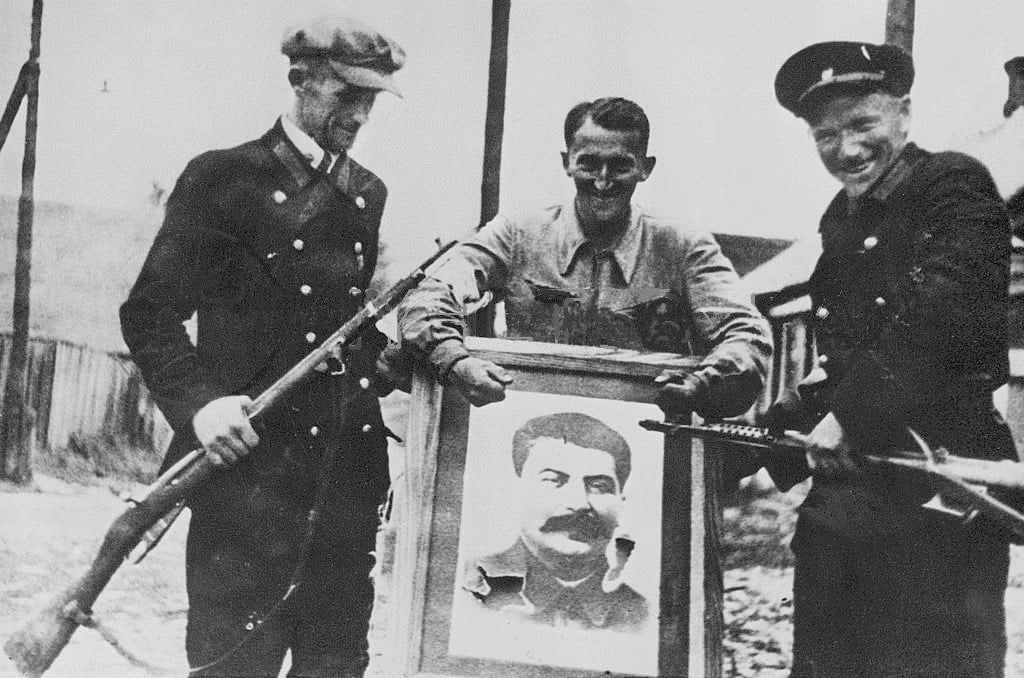
This period marked the beginning of the Holocaust in Lithuania. As Dr. Jarosław Wołkonowski points out, this was the beginning of a huge tragedy that:
(…) casts a shadow over the uprising itself. What should be noted here is not only the direct participation in the crimes of Lithuanians, but also the anti-Semitic declarations of the Lithuanian elite. As for the entire mechanism of the extermination of Jews, which was planned by the Third Reich, it is worth noting that the Holocaust in the territories previously occupied by the Red Army began long before the decision on the mass murder of Jews in the West.
By the autumn of 1941, most of the local Jews had been murdered and ghettos were created, whose inhabitants were to work for the German occupier. In July of that year, mass and planned murders began in Ponary, Lithuania’s largest Holocaust site.
With the change in the situation on the Eastern Front to the detriment of the Germans, the Red Army occupied the territory of Lithuania annexed in 1940. The period from 1944 to the end of the war was the time when Lithuania suffered the greatest human losses. Up to 250,000 Lithuanian residents could have died during the war.
The Lithuanian historian Arūnas Bubnys, quoted above, says:
When the Soviet occupation returned in 1944, mobilisation was announced. Tens of thousands of Lithuanians were conscripted into the army, of whom 15,000 or maybe even 20,000 died at the front. Therefore, the greatest human losses, of course not including Jews, Lithuania suffered not during the German occupation, but at the front. Losses at the front were greater not only because of German but also Soviet repressions, which began after the reoccupation of Lithuania.
Today, despite the difficult road that the Baltic states have gone through on their way to independence, they seem to speak with one voice in the international arena. The text of the joint statement of the leaders of the Baltic republics, quoted at the beginning of this part of the analysis, is an excellent example of the paradigm of the “two totalitarianisms” that dominated the Eastern European memory of World War II.
Military operations of the “Kościuszko soldiers” on the Eastern Front in Polish historical memory
It seems that an ideal example to analyse the case of Polish historical policy will be the Battle of Lenino and the participation of the 1. Tadeusz Kościuszko Infantry Division.
Using the battle in propaganda
At dawn on 12 October, 1943, the battle of Lenino began with reconnaissance. During heavy fighting, Polish soldiers tied up a significant part of the German forces and inflicted heavy losses on them. They broke through the enemy’s first line of defence and created conditions for the introduction of the Soviet mechanised corps into combat. The achievement of the goal set by the command was paid for with the loss of about 20 percent of the initial numbers. However, the combat effort of the 1. Infantry Division was not utilized. Ultimately, the Soviet mechanised troops were not brought into combat, and as a result, the clash did not turn into an operational success.
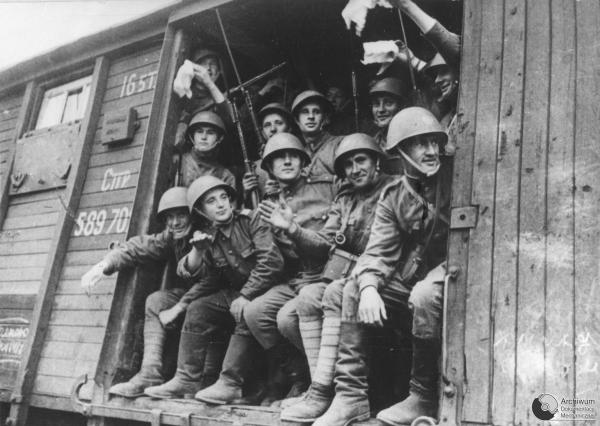
The Union of Polish Patriots (a Polish communist organization founded in 1943 in the USSR and constituting a tool of Stalin’s policy) began a propaganda campaign aimed at showing the clash as a success of the 1. Infantry Division. Particular emphasis was put on courage, patriotism, sacrifice of fighting soldiers, and Polish-Soviet brotherhood in arms. The propaganda campaign was also aimed at discrediting the Polish Armed Forces in the West and emphasising their passivity.
For Stalin, the battle and the participation of Polish soldiers in it were extremely necessary (and useful). He wanted to use Polish units fighting on the Eastern Front in his propaganda message. And so Berling’s soldiers became a bargaining chip and propaganda showcase for the Polish cause during the Tehran Conference, which took place at the end of November 1943.
Propaganda and commemoration
In the People’s Republic of Poland, the focus was on creating the myth of the Battle of Lenino. It became the founding legend of the Polish People’s Army, and also served as the genesis from which traditions for the people’s army were derived. The commander of the 1. Infantry Division — General Zygmunt Berling — was troublesome for the communist authorities, as evidenced by the censorship’s blocking of the publication of his memoirs.
The use of the battle for the above purposes is evidenced by the establishment of 12 October as the Day of the Polish Army in the Polish People’s Republic. The holiday was established by a decree of 7 October, 1950.
Another example of the propaganda use of the battle in question was the creation of the Museum of Polish-Soviet Brotherhood in Arms. The facility was opened on 15 October, 1968 in the village of Lenino in Belarus. Its goal was to emphasise the joint effort in the struggle of the Polish and Soviet nations. It is worth mentioning here that the alleged brotherhood of arms is associated with the myth of the shortest way to Poland. According to propaganda, taking that road was possible thanks to the joint fight with the Soviets against the Germans.
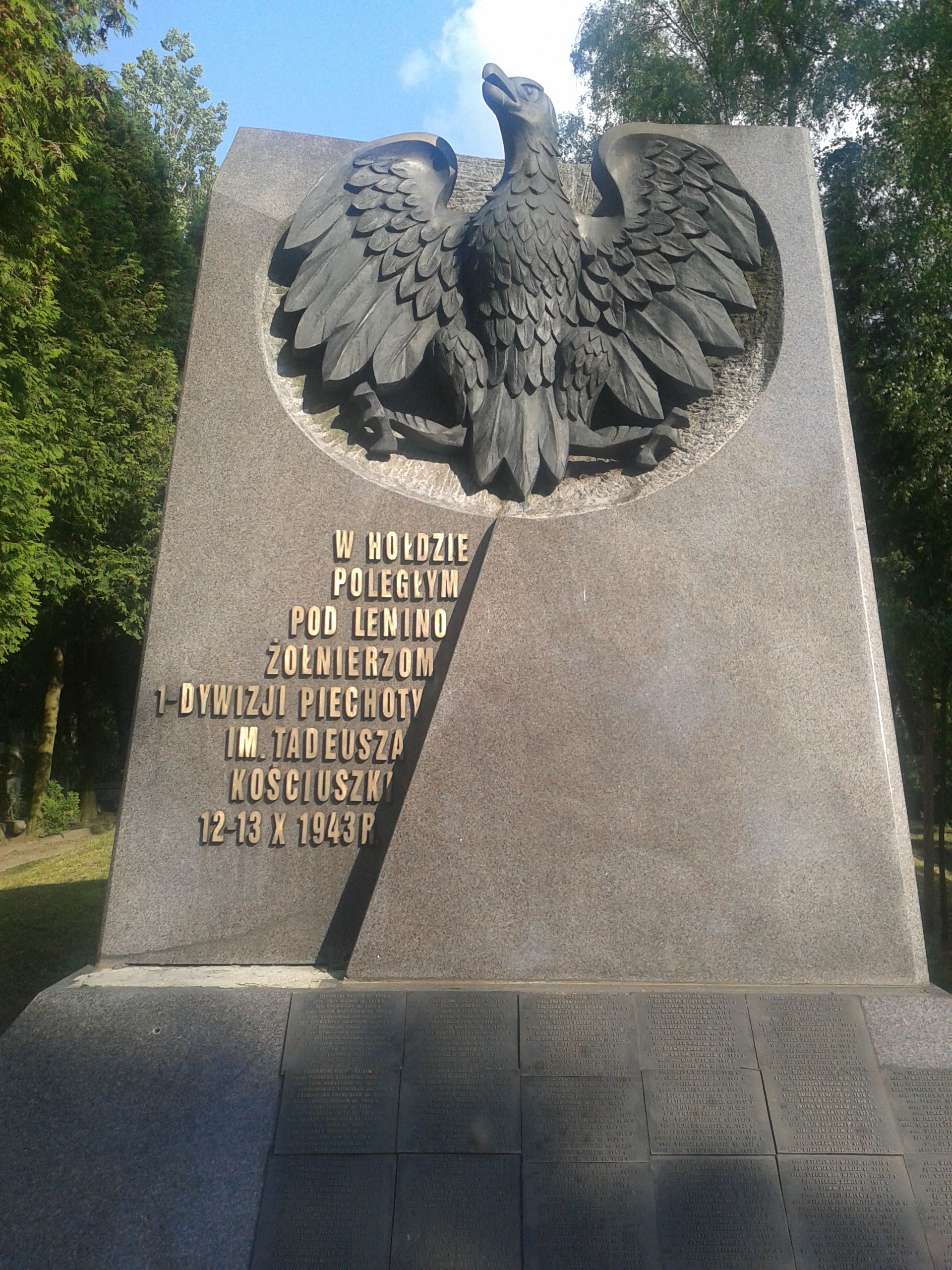
A new approach
Along with the political changes, the battle of Lenino was swept into the dust heap of history. Today, as publicists and historians point out, the battle should rather be considered as an act of heroism of Polish foot-soldiers and at the same time their tragedy, because right after leaving the camps they had to face an unequal fight. Another perspective when assessing the “Kościuszko soldiers” these days is that they did not make it to the army formed by General Władysław Anders. By the way, it is worth noting that on the 75th anniversary of the battle, ceremonies commemorating Polish soldiers were held in Belarus.
The invasion of the Red Army into Polish territory is considered today, similarly to the Baltic states, as the beginning of a new occupation. Marching on Berlin, the Red Army brought communism on its bayonets and with it, repression. The new “dictatorship of the proletariat” lasted for the next 50 years.
The actual course of the battle
The breath of democracy in the 1990s also brought a fresh perspective and new findings about the actual course of the battle and the events preceding it.
Already in August 1943, it was decided to shorten the training period for the soldiers of the formed division, so that it would be sent to the front on 1 September.
The logistical and strategic preparation for the battle that began the so-called Orsha operation left much to be desired. Units that were to take part in the assault were given a few days to prepare for it. There was a shortage of ammunition and fuel, and the warehouses were 200 km away from the front line.
The battle began with a short artillery strike, typical of the Soviet doctrine of reconnaissance in force. The actual attack, on the other hand, was to be preceded by 100-minute shelling. However, in reality the actual artillery barrage lasted only 40 minutes due to the dwindling ammunition stocks.

Attack on Trigubovo and Polzukhi and the collapse of the attack
The infantry attack began after 10.00 a.m. Polish 1st and 2. Infantry Regiment attacked on a two-kilometre section of the front between the villages of Trigubovo and Polzukhi. The Kościuszko soldiers came under fire from machine guns, which hadn’t been destroyed by the artillery. Despite the chaos and losses, they occupied the villages and overtook the Soviet units. The Germans, however, counterattacked and recaptured Trigubovo. During the German counterattack, the Polish infantry came under fire from the Soviet artillery. For the same reason, it was also impossible to keep the village of Polzukhi.
German units had air support that Soviet anti-aircraft defence could not neutralise. The prevailing chaos and the cruelty of political officers had a negative impact on the morale of soldiers who surrendered to the Germans.
Polish and Soviet armoured units also did not enter the battle in time. The tanks, due to the lack of preparation of reinforced paths, got stuck in the swamps, becoming easy targets for the Germans.
On 13 October, the Soviet command decided to continue with the assault. The attack of the Polish soldiers immediately collapsed, and Berling ordered the troops to retreat. The decision of the Polish commander became the cause of a vulgar quarrel with the Soviet commander-in-chief — General Gordov.
Thus, the true picture of the battle is poor preparation and chaos in command, which is so different from the propaganda image of the Polish-Soviet brotherhood of arms forged in the heat of the battle. In the end, the Polish troops suffered heavy losses crowned with defeat, not fulfilling the tasks set before them.
Remembering the Great Patriotic War in Ukraine
The Ukrainian memory of the war is, like in Belarus, shattered and divided. However, Ukrainians do not live in two parallel realities, but the memory of past events is influenced by geography. David R. Marples, in his introduction to the Canadian Slavonic Papers, notes that in the west of the country, where there were strong nationalist movements, the memory of the war is more critical of the Soviet Union and its role in the conflict. In the east, on the other hand, where pro-Russian influences dominate, the narrative is more in line with the Russian one. For most of its existence, Ukraine has not been able to define its attitude to the past. The public could not reach a consensus on what World War II meant for Ukraine, how its participants should be treated (as heroes or traitors in the case of the OUN and UPA), and how the modern state should explain its past. In 2010-2011, there were frequent discussions about the Ukrainian Waffen-SS division, but the state authorities did not take an official position on them.
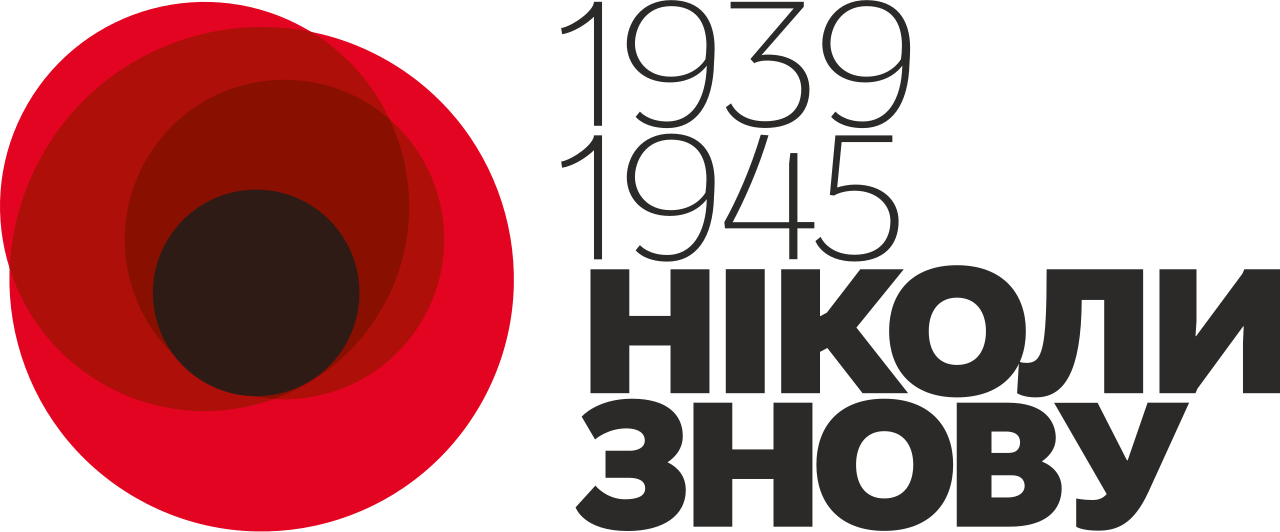
Currently, Ukraine’s historical policy is aimed at emphasising Ukraine’s distinctiveness from Russia. Events such as Euromaidan, the annexation of Crimea, the war in Donbas, and the full-scale invasion of the Russian Federation had a great impact on Ukrainian national consciousness and historical memory.
The Ukrainian political elite has spent a lot of time developing a coherent legal approach to the Soviet past of the state. In 2015, the Ukrainian parliament adopted a package of so-called decommunisation laws. And so, within their framework, the term “Great Patriotic War” was no longer used to describe the events of 1941-1945. This term was replaced by the name “World War II”. In the same year, a new holiday was established in place of Victory Day — the Day of Victory over Nazism in World War II. In 2023, Victory Over Nazism Day was replaced by a new holiday — the Day of Remembrance and Victory over Nazism in the Second World War 1939-1945. The holiday is celebrated on 8 May.
Conclusions
It is impossible to include all aspects and issues related to the memory of the Great Patriotic War in the post-Soviet countries and the former Eastern Bloc in a text of a cross-sectional nature. However, as can be seen from the above examples, the issue of historical memory and forms of commemoration is extremely vivid in Central and Eastern Europe. Three models can be distinguished: Belarusian, Baltic States and Ukraine, and Polish.
Belarus stands out from the Baltic states, Poland and Ukraine. Among the citizens of this country, we can observe a kind of split in memory, which manifests itself in different degrees of consciousness of the citizens. The country’s remembrance policy also points to uneasy relations with Russia (especially after 2014 and after 24 February 2022). In response to the annexation of Crimea and Moscow’s desire to fully subjugate Minsk, the Belarusian president began to play the memory card of World War II. This way, he wants to strengthen his position and that of his country as separate from Russia. That is why historical narratives emphasise, for example, the “Partisan Republic“. This thesis is also supported by the fact that Alexander Lukashenko recognised the annexation of Crimea only in 2021.
The memory of the Great Patriotic War in the Baltic states and Ukraine is an example of departing from Soviet models of commemoration, such as the celebration of Victory Day on 9 May, or the recognition of 1941 as the beginning of World War II. Along with the decommunisation laws, these countries adopted the paradigm of memory of the “two totalitarianisms”. This interpretation equates the crimes of the Soviet and Nazi regimes. Actions taken by the authorities at various levels of the state include decommunisation and emphasising the role of anti-Soviet partisans.
Common features for the politics of memory of the countries mentioned in the paragraph above can be found, such as decommunisation, reference to the paradigm of two occupations, and emphasis on the role of anti-Soviet partisans. By the way, it is worth noting that in the Polish historical policy the emphasis on the role of anti-Soviet partisans who originate from the Home Army is much stronger.
Sources
“Preserving the Myth, with the Politics in the Background: the Great Patriotic War in the Politics of History of Belarus”, Kamil Kłysiński: https://ipn.gov.pl/pl/publikacje/periodyki-ipn/institute-of-national-r/issues/170570,Preserving-the-Myth-with-the-Politics-in-the-Background-the-Great-Patriotic-War-.html
Dzieje.pl:
- https://dzieje.pl/aktualnosci/historyk-ihar-mielnikau-1-wrzesnia-data-poczatku-wojny-ale-nie-dla-wszystkich
- https://dzieje.pl/wiadomosci/kraje-baltyckie-przypominaja-o-losie-europy-wschodniej-po-zakonczeniu-ii-wojny-swiatowej
Histmag.org: https://histmag.org/Zniszczenie-wsi-Chatyn-7745
Belsat.pl:
- https://belsat.eu/pl/news/22-03-2021-chatyn-lukaszenka-porownal-demonstrantow-do-nazistow
- https://belsat.eu/pl/news/19-05-2023-historyk-alaksandr-friedman-bialoruski-rezim-wykorzystuje-ludobojstwo-jako-sposob-na-promowanie-swoich-narracji
- https://dzieje.pl/aktualnosci/na-bialorusi-upamietniono-polskich-zolnierzy-w-75-rocznice-bitwy-pod-lenino
- https://belsat.eu/pl/news/01-12-2021-lukaszenka-nazwal-krym-de-facto-i-de-iure-rosyjskim
Studium Europy Wschodniej Uniwersytetu Warszawskiego: https://studium.uw.edu.pl/wielka-wojna-ojczyzniana-lukaszenki-jak-na-bialorusi-historia-jest-mylona-z-polityka/
Kurier Wileński: https://kurierwilenski.lt/2021/06/23/konflikt-miedzy-dwoma-zbrodniarzami-co-dla-litwy-oznaczal-22-czerwca-1941-roku/
TVP Wilno: https://wilno.tvp.pl/72420991/ilu-mieszkancow-stracila-litwa-podczas-ii-wojny-swiatowej
„Spadkobiercy Mieszka, Kościuszki i Świerczewskiego. Ludowe Wojsko Polskie jako instytucja polityki pamięci historycznej”, Tomasz Leszkowicz (fragment): https://histmag.org/Bitwa-pod-Lenino-mit-zalozycielski-LWP-25269
Polska Zbrojna:
Dekret z dnia 7 października 1950 r. o ustanowieniu dnia 12 października Dniem Wojska Polskiego: https://isap.sejm.gov.pl/isap.nsf/DocDetails.xsp?id=WDU19500450411
Muzeum Historii Polski: https://muzhp.pl/kalendarium/rozpoczela-sie-bitwa-pod-lenino
“Introduction: Historical Memory and the Great Patriotic War” [w:] “Canadian Slavonic Papers / Revue Canadienne des Slavistes”, David R. Marples: https://www.jstor.org/stable/23617478
Ośrodek Studiów Wschodnich:
- https://www.osw.waw.pl/pl/publikacje/komentarze-osw/2022-06-17/ukraina-od-dekomunizacji-do-derusyfikacji
- https://www.osw.waw.pl/pl/publikacje/punkt-widzenia/2017-09-13/wielka-dekomunizacja
Verfassungsblog: https://verfassungsblog.de/world-war-2-memories-in-lithuania-and-ukraine/
“Polityka Rosji wobec Białorusi po 2014 r. – zmiana czy kontynuacja?” [w:] “Annales Universitatis Mariae Curie-Skłodowska Lublin – Polonia. Sectio K”, Paweł Bielicki: https://journals.umcs.pl/k/article/view/11140
“War and Memory in Russia, Ukraine and Belarus”: https://link.springer.com/book/10.1007/978-3-319-66523-8
Photos
File:Khatyn – Eternal Flame.jpg by Veenix, Public domain, via Wikimedia Commons
File:Chatyń mauzoleum 07.jpg by Zala, CC BY-SA 4.0 <https://creativecommons.org/licenses/by-sa/4.0>, via Wikimedia Commons
Aleksandr Łukaszenka składa kwiaty w Chatyniu by Press Service of the President of the Republic of Belarus, 2024, https://president.gov.by/en/media/details/khatyn-commemorative-rally
File:June uprising.jpg by Rvenskuu, CC BY-SA 4.0 <https://creativecommons.org/licenses/by-sa/4.0>, via Wikimedia Commons
File:Polish 1st Infantry Division (1943).jpg by Unknown author, Public domain, via Wikimedia Commons
File:Леніна. Музей савецка-польскай баявой садружнасці (2).jpg by Валацуга (дазвол https://www.fgb.by/viewtopic.php?t=4136&postdays=0&postorder=asc&start=45), CC BY-SA 3.0 <https://creativecommons.org/licenses/by-sa/3.0>, via Wikimedia Commons
File:Orzel Powazki Lenino.jpg by Pankracy, CC BY-SA 3.0 <https://creativecommons.org/licenses/by-sa/3.0>, via Wikimedia Commons
File:POL Warsaw Pomnik Kościuszkowców.jpg by Hiuppo, CC BY 3.0 <https://creativecommons.org/licenses/by/3.0>, via Wikimedia Commons
File:Zygmunt Berling.jpg by unknown-anonymous, Public domain, via Wikimedia Commons
File:Ніколи Знову 02.svg by Сергей Мишакин, Public domain, via Wikimedia Commons
